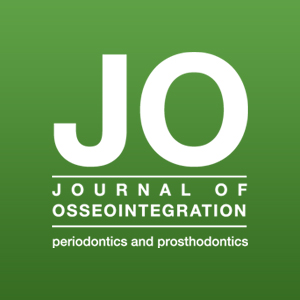The effect of two different milling instrument sets on CAD proposed cement thickness and fit surface of chairside CAD crowns

Published: 22 December 2021
Abstract Views: 1153
pdf: 539
Publisher's note
All claims expressed in this article are solely those of the authors and do not necessarily represent those of their affiliated organizations, or those of the publisher, the editors and the reviewers. Any product that may be evaluated in this article or claim that may be made by its manufacturer is not guaranteed or endorsed by the publisher.
All claims expressed in this article are solely those of the authors and do not necessarily represent those of their affiliated organizations, or those of the publisher, the editors and the reviewers. Any product that may be evaluated in this article or claim that may be made by its manufacturer is not guaranteed or endorsed by the publisher.


 https://doi.org/10.23805/JO.2021.13.S04.3
https://doi.org/10.23805/JO.2021.13.S04.3








